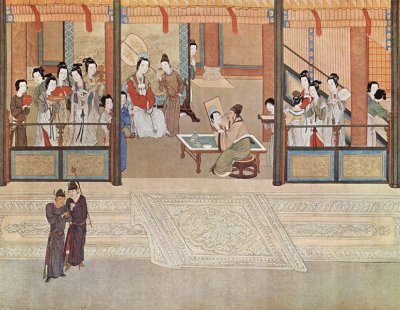Ming Dynasty Economy
 The Ming era is known to be one of the three golden eras of China - the Han and the Tang dynasties being the other two. During the reign, the Ming Dynasty economy achieved great improvements in agriculture, technology, trade and also manufacturing. The economy was quickly showing signs of capitalism and prosperity during this era as well.
The Ming era is known to be one of the three golden eras of China - the Han and the Tang dynasties being the other two. During the reign, the Ming Dynasty economy achieved great improvements in agriculture, technology, trade and also manufacturing. The economy was quickly showing signs of capitalism and prosperity during this era as well.
Manufacturing
The manufacturing industry became advanced and was involved in producing numerous products during the Ming Dynasty era. Iron was also produced at a very high rate compared to other dynasties.
The dynasty used Han policies and privatized many industries, including salt and tea. The economy was propelled by very powerful and wealthy traders.
Ming rulers eliminated forced labor practices and brought change in this industry through paying wages to many labors in the factories. During this era, around 300 factories were involved in making pots and were all run by the waged labor forces.
Agriculture
Farmers practiced the crop rotation method while plowing was made easier by water. This greatly improved agricultural output. All this formed the basis for the Ming market economy. Depending on the type of soil in a certain region, crops such as tea and fruits were grown.
The market economy also made it more possible for the farmers to cultivate large pieces of land for cash crop production. Cash crops were important to agriculture because the land quality was decreasing and the population was rising. Generally, there were three types of markets in this era - rural market, urban-rural market, and national market.
Trade
Commerce, trade, and investment thrived during the Ming era because of the liberalized economy. The Chinese created canals for irrigation, roads, bridges and transportation. The trade of this dynasty got as far as Europe which opened gates for the economic development. Actually, overseas trade brought about 300 million silver taels to China.
